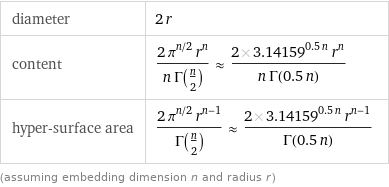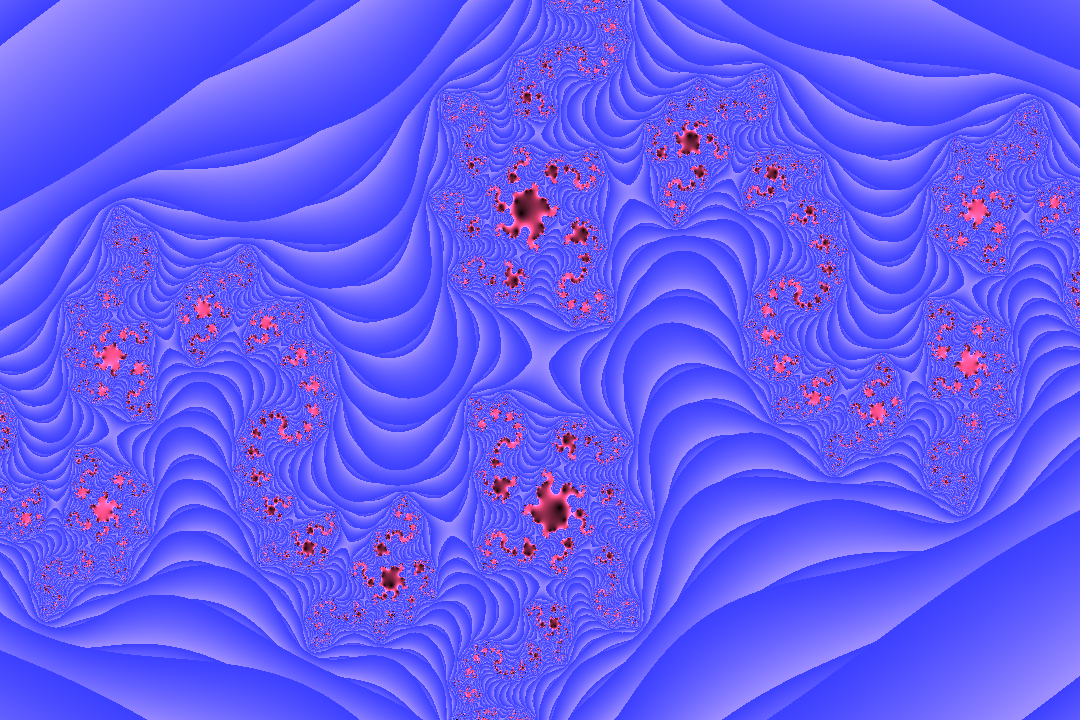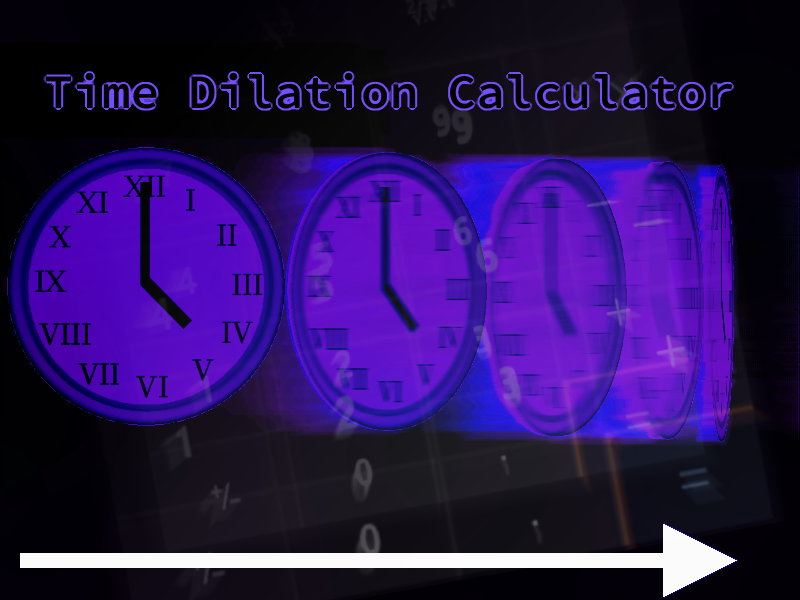I frequently see the pi-centrism of mathematics challenged by Tau advocates.
For those unfamiliar to the argument, we’re told that radians are superior unit of angle/rotation, most peoples first introduction to pi is calculating the circumference and area of a circle.
Area=πr2
Circumference= 2πr
We have one count of pi, and one count of tau so either way we’d have to add a 2 or half somewhere, but what should stand is that we calculate everything with the radius, not the diameter.
So if we all invest our time/energy/culture into calculating the ratio between of the circumference and diameter (π) but strictly adhere to convention where we always use radius instead of diameter, then to perform any function with the circumference/radius relationship we have to place an factor of 2. There are 2π radians in a circle and most applications of trigonometry, if we instead calculated the ratio between the radius and the circumference (tau), then there are only tau radians in each circle.
There are plenty of arguments in favor of Tau. I’m here to argue for .5π, so overlooked it doesn’t even get its own name or symbol.
https://www.scientificamerican.com/article/let-s-use-tau-it-s-easier-than-pi/
Although there are clearly domains where occurrences of π outweigh that of 2π or .5π, everyone has a habit of conveniently ignoring the .5π behind various abstractions like cosines, adding one or more dimensions to a number, powers and logarithms of imaginary numbers (e^i).
Looking into Euler’s Identity or his proof of God, mathematicians/philosophers will be quick to point out the abstract definition of e^i equaling a rotation of the imaginary value in radians around 0 is just one of many possible definitions, and ontologically arbitrary, chosen by man not nature.
However few people extrapolate this observation to note how many .5π and 2π are hiding here
I think of a rotation of the plane as
newX=cos(angle)X+cos(angle+π/2)Y
newY=sin(angle)X+sin(angle+π/2)Y
And since cos(X) is actually sin(X+π/2) the above sequence has two extra half pis
This relationship means all occurrences of tan, which contains a cos, also has a “+ π/2”, and although it has a width of tau it trends to infinity and breaks everything if you don’t segment it into π/2 radian quadrants and stop before reaching π/2 or -π/2.
Any equation where you use tau in trig is going to be infested with unperceived π/2 hitherto abstracted out of scope.
Mathematicians will be quick to point out gimble lock and the brokenness of polar coordinates, for which the common solution is quarternions, using quarternions may further obscure the count. 3d rotations are being solved by creating one imaginary axis for every dimension, creating 6 polls each π/2 radians adjacent to the north and south pole.
If you want to orient a plane in higher dimensional space you use mostly π/2, especially to roll it.
Calculating that plane is usually the first step of line-triangle intersection, so most optics & graphics hide that half pi bias there too.
The function that prompted this post was my python code to create a translation of the 2d space into a 2d plane oriented in higher dimensional space. Even with two cosines abstracting away the .5*pi, they just force their way in from all angles. 😉 pun intended.
#xaxis and yaxs can be in any number of dimensions but must be .5π radians apart
def plane(origin,xaxis,yaxis,roll=0,scale=1):
def outfunc(x,y):
rollx=cos(roll)*x+cos(roll+pi/2)*y
rolly=sin(roll)*x+sin(roll+pi/2)*y
xvector=[i*rollx*scale for i in xaxis]
yvector=[i*rolly*scale for i in yaxis]
return map(lambda a,b,c:a+b+c,xvector,yvector,origin)
return outfuncThe arity of the x_axis y_axis and origin describes how many dimensions of space the plane exists in
you could put your plane in 10 dimensional space, 20 if you please, but only if each extra dimension is π/2 radians perpendicular.
Tau is great for two dimensions, but things clearly scale by powers of pi.

Each extra dimension scales by powers of pi, but each dimension you add, those half pis begin to accumulate just as quick.
Without forgetting either cos or sine must have the +/- .5π as part of its definition (as ordained by nature, not man) look at the amount of cosines in changing a single 4dimensional point from polar coordinates to euclidean.
x=cos(angle1)*sin(angle2)*sin(angle3)*r
y=sin(angle1)*sin(angle2)*sin(angle3)*r
z=cos(angle2)*sin(angle3)*r
w=cos(angle3)*r
That’s a lot of half π conveniently omitted due to convention, considering it should read:
x=sin(pi/2+angle1)*sin(angle2)*sin(angle3)*r
y=sin(angle1)*sin(angle2)*sin(angle3)*r
z=sin(pi/2+angle2)*sin(angle3)*r
w=sin(pi/2+angle3)*r
When you enter geometry you say, “why not 2pi?”; Some way in that should change to, “why not pi/2?”
If anyone was foolish enough to be persuaded by my argument, please note that although the e^i relationship is man-made, the Basel problem was an organic deep relationship where pi showed up in a seemingly unrelated field, seemingly ordained as the universes chosen transcendental constant.

numbers from 1 to infinity makes a factor of pi^2


These deep relationships across fields are a phenomenal argument in favour of pi and the best evidence of deepness in the argument, plus who was going to dare challenge Euler?
Pi is clearly something special in its own right, but it’s not always the best fit for geometry.



0